
Biodiversity of the ROPME Sea Area (RSA) consists of a number of different individual species of organisms living in a variety of marine ecosystems. They are ecological, economical and socio-cultural importance, and also conservational importance when they become in threatened levels. The RSA provides the largest inhabitable space for a variety of fauna and flora. They live in habitat ranging from exposed beaches to the open sea environment which includes the benthic deep and shallow subtidal habitats, intertidal habitats; rocky, sandy and muddy shores; pelagic, mesopelagic and demersal habitats. The important group of biodiversity of RSA and the conservation management efforts taken to preserve certain biotic resources are briefed in the modules.
Algal Blooms
Red Tide Bloom Micro-algae (phytoplankton) are the pastures of the sea with great biological and ecological significance, nevertheless their toxic blooms seem to be intensifying and spreading all over the world, including RSA. Though they provide the chief food supply for most of the aquatic organisms, occasional occurrence of large blooms of phytoplankton in RSA develops discoloration of water and causes mass mortality of fish and other marine organisms in the coastal and offshore waters as a result of depletion of dissolved oxygen, gills clogging and also toxins produced by certain species of algae. The toxins from these algal species are accumulated by bivalve molluscs of commercial value, such as clams, mussels, oysters and cockles which filter feed on these algal species. Many blooms are harmless while some toxic species belonging to diatoms, dinoflagellates, cynophyta etc., may cause fishkills or respiratory irritation in humans or fatal due to the consumption of toxin contaminated sea food. ROPME Secretariat is keenly watching the Regional nature of HAB problems and plays a pivotal role in Regional cooperation and coordination.
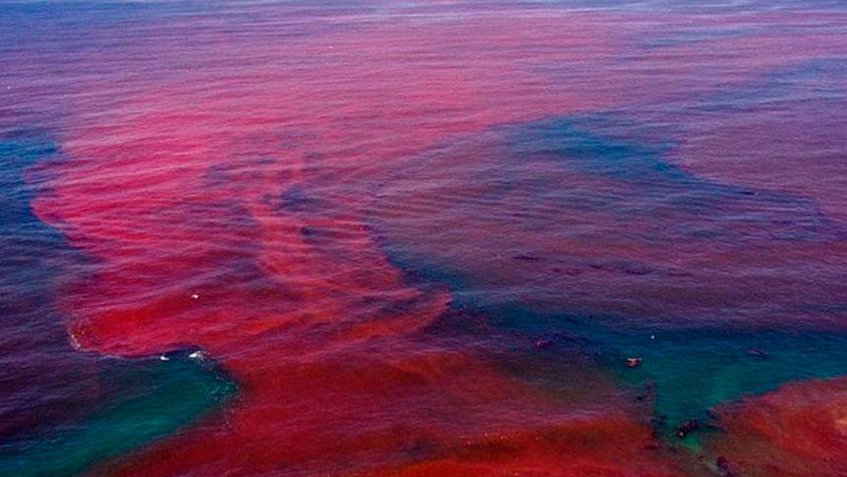
Milestones
- Produced a Manual for Investigating Marine Mortality Incidents in the ROPME Sea Area
- Recorded HABs and related marine mortality events in RSA have been documented in ROPME’s publication
- Distributing Remote Sensing Bulletins on chlorophyll concentration of RSA to Member States on regular basis to be used as an early warning information on HABs for the purpose of quick investigations and management action
- Conducted Training Courses with International Experts for Regional scientists on identification and taxonomy of HAB species
- Information gathered from conducted Regional Oceanographic Cruises are utilized to study the taxonomy, spatial occurrence and abundance of phytoplankton species
- Printed and circulated HABs/Alien invasive species information as brochures, calendars and posters for public awareness purpose
- Provided expert assistance to Member States during HABs and related marine mortality
- Conducted a Regional Expert Meeting in December 2008 on Harmful Algal Blooms (HABs) and related Marine Mortality that occurred in the waters of the ROPME Member States especially I.R. Iran, Oman and U.A.E. during September to December 2008
- Established Regional Task Force on HABs and related marine mortality in the RSA and conducted meeting in January 2009
- Prepared Regional Action Plan on HABs
- Prepared HABs and related marine mortality reporting formats
- ROPME is in the final stage of establishing ‘ROPME Integrated Information System (RIIS)’ at its Secretariat, to facilitate the networking of Member States, and to develop a HAB sub-module within the RIIS for data and information
Future Outlooks
- Preparation of a monograph on the taxonomy of phytoplankton species of the Region
- Selection of a ‘Lead Member State’ on HABs
- Selection of Regional Reference Laboratories for the investigation, standardization and quality assurance related to HABs taxonomy, toxicology and integrated research
- A joint pilot project with Gulf Cooperation Council (GCC) on mitigating HABs and related marine mortality in the RSA
Mangroves
Mangroves are found on the mudflats, and they provide living space for more than 2,000 species of marine organisms. In the RSA, because of severe climatic conditions and limited habitats, there is only one species of scattered population of mangrove, the Avicennia marina. Because the air temperature drops to freezing in winter over the extreme NW part of the inner RSA, mangrove trees are not found in Kuwait and most of the NE coasts of Saudi Arabia. On the Iranian coast, about 10,000 hectares of Avicennia marina plants are found. Along the Oman coasts and islands mangroves are scattered over more than 20 sites with faunal assemblages of many species of fish, crabs, shrimps and clams, over 200 bird species, three species of turtles and four mammal Mangroves in Fujairah, UAE species. In Qatar, mangroves are found on the north-eastern coast. The standing biomass of the UAE coast has been estimated between 70 and 110t/ha.
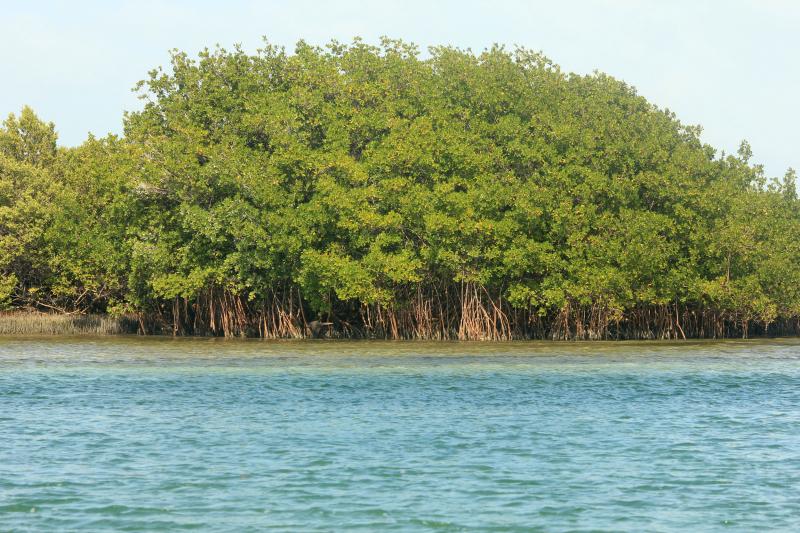
Milestones
- Sultanate of Oman is a Lead Member State and is assisting ROPME in carrying out the Environmental Conservation and Management Programme for Mangrove Resources
- NFP-Oman hosted a technical workshop in Salalah to review the status of mangroves and to suggest future courses of action towards conservation and management of mangroves in the Region in September 2005
- Technical Workshop on Transplantation Methodologies, Data and Information Management of Mangroves in cooperation with the Ministry of Environment and Climate Affairs. Muscat, Sultanate of Oman, December 2007
- Establishment of Regional Centre for Mangrove Information and Resources in Muscat, Sultanate of Oman
Coral Reefs
Coral reef Coral reefs are the jewels of the sea. Their presence in the RSA is a unique example of the adaptation of marine organisms in such extreme environmental conditions. There are many patch reefs in the RSA, with coral islands representing the peak of their development. About 55–60 zooxanthellate species have been identified in the RSA. Coral reefs in the inner RSA live in an environment characterized by great extremes of temperature and salinity, and high turbidity. However, no coral species occur in places with >46‰ salinity. Coral survival is limited where physical conditions are more extreme.
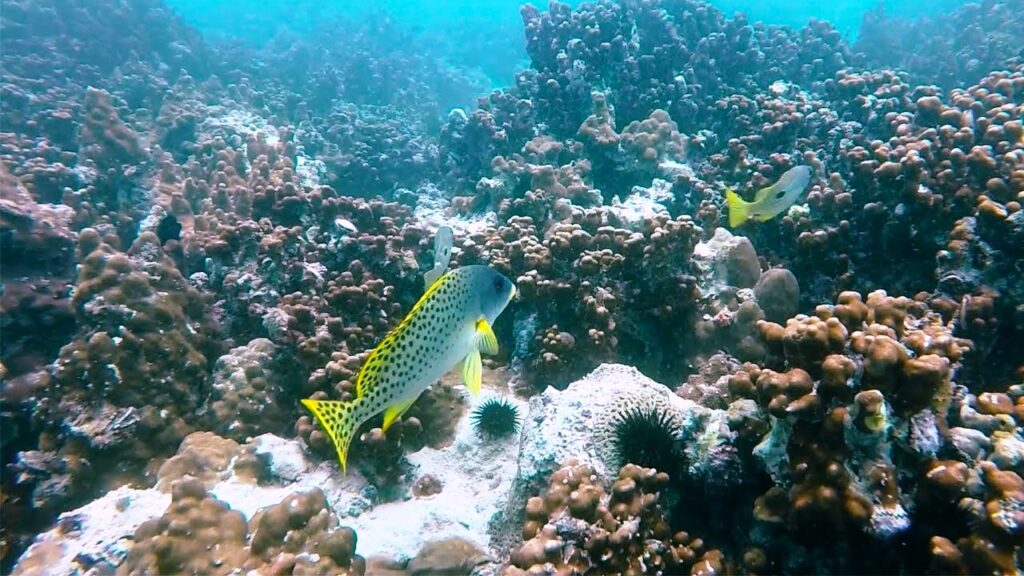
The numbers of coral species distributed among ROPME Member States’ coastal waters are: 31 species in Bahrain; 19 species in I.R. Iran; 26 species in Kuwait; 91 species in Oman; 8 species in Qatar and 34 species in UAE. Coral bleaching has been reported in Bahrain, Oman, Saudi Arabia and UAE because of high temperatures. Crown of Thorns Starfish (COTS) Acanthaster planci causes extensive damage to the coral reefs in Oman and UAE. Manual removal of COTS from infected coral reefs prevents mass destruction of coral reefs in the RSA. Coral reefs are subjected to a wide range of stress due to natural and human influences. Coral bleaching is reported in recent times in Bahrain, Oman, Saudi Arabia and UAE.
Milestones
- Coral reef initiatives in cooperation with UNEP/ROWA. Carried out a survey for the assessment of coral reefs in coastal waters of Oman and UAE with the participation of Southern Cross University – Australia and KISR – Kuwait in November 1999:
- Determined the extent of damage to coral reefs caused by COTS and mass coral bleaching
- 1000 COTS have been removed manually from the coral reefs
- Impacts of plastic and other litter, abandoned fishing nets, anchor damage, fishing damage, sedimentation due to dredging, etc. were recorded during the survey
- A Draft Regional Action Plan (RAP) for Conservation of Coral Reefs in the Arabian Seas Region was prepared ð UNEP incorporated ROPME and PERSGA Regions into the International Coral Reef Action Network (ICRAN) and submitted the RAP to World Summit on Sustainable Development (WSSD) in October 2002 at Johannesburg, South Africa
- Three Regional Coral Reef Sites for international support were identified:
- Kish Island for I.R. Iran
- Dimaniyat Islands for Oman
- Jubail Marine Wildlife Sanctuary for Saudi Arabia
- RROPME/PERSGA/UNEP-ROWA Regional Meeting on Assessment of Coral Reefs. Bahrain, November 1999
- PERSGA/ROPME/NCWCD International Symposium on the Extent of Coral Bleaching. Riyadh, Kingdom of Saudi Arabia. February 2000
- Regional Workshop on Coral Reef Monitoring and Management co-sponsored by IOC/UNESCO, INCO and ROPME and hosted by the Kish University, December 2003
- ROPME/ICRAN/IOCINDIO Expert Meeting on Coral Reef Programme Activities in the RSA. Tehran, I.R. Iran. February 2004
- A Regional Workshop on Monitoring Methods, Data and Information Management of Coral Reef was conducted under the co-sponsorship of ROPME with GCRMN Regional Node/INCO/DOE-I.R. Iran. Tehran, I.R. Iran. February 2007
Future Outlook
- Research into the heat resistant/ bleaching resistant zooxanthillae species that are known to exist in the RSA
- Role of artificial reefs and research into aspects of reef rehabilitation, remediation and restoration
- Integration of modern imaging and mapping technologies supported by underwater, surface and aerial/space based surveys, towards development of accurate geo-spatial information of the status and trends of coral reefs
Fisheries Resources
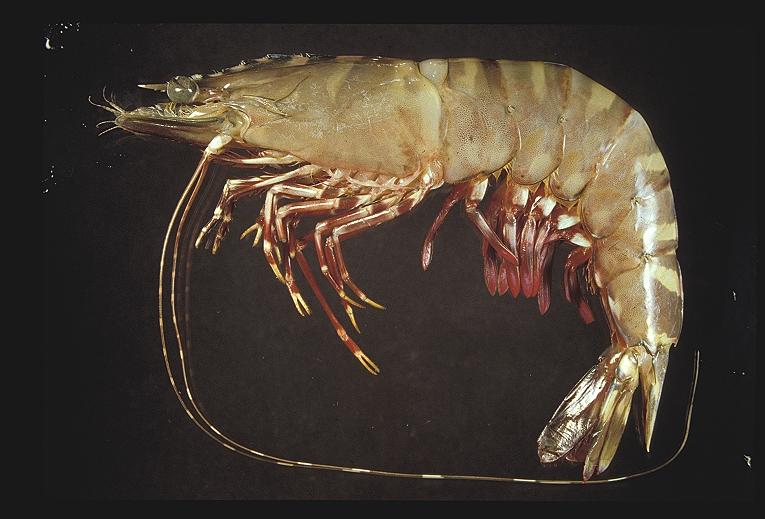
Shrimp is one of the most important seafood commodities in the RSA. The richest shrimp resources are found in I.R. Iran and Kuwaiti waters, with smaller catches in Bahrain, Oman, Qatar and Saudi Arabia waters. The main species used for commercial exploitation in Kuwait are Penaeus semisulcatus and Metapenaeus affinis. In Omani waters, although 12 known species occur, four species are used in commercial fisheries, namely Penaeus indicus, P. semisulcatus, Metapenaeus monoceros and M. stebbingi. In Bahraini waters, of the seven penaeid species that exist, commercial landings are from a single species, P. semisulcatus.

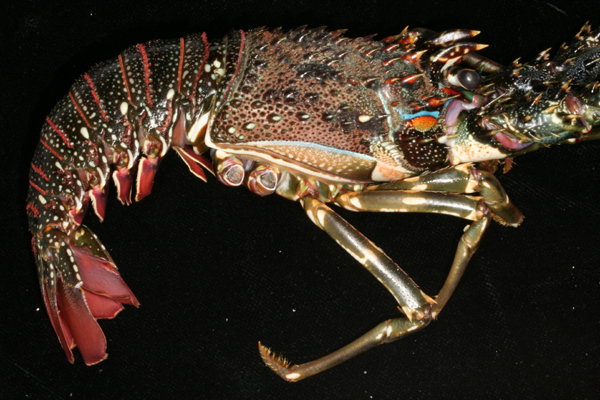
Among lobsters, two species of spiny lobster, Panulirus homarus and P. versicolor are commercially exploited in the middle and outer RSA. The shovel nose lobster, Thenus orientalis is exploited as shrimp by-catch in Bahrain, whereas Scyllarides squammasus is commonly caught in traps in Oman. Crabs are found in different habitats in RSA. The families Grapsidae and Ocypodidae are the dominant faunal species of the intertidal flats and mangroves of the Region, where six species of grapsid and 21 taxa of ocypodid crabs are known to occur. The crabs, Portunus pelagicus and Scylla serrata are commercially important species in the RSA.
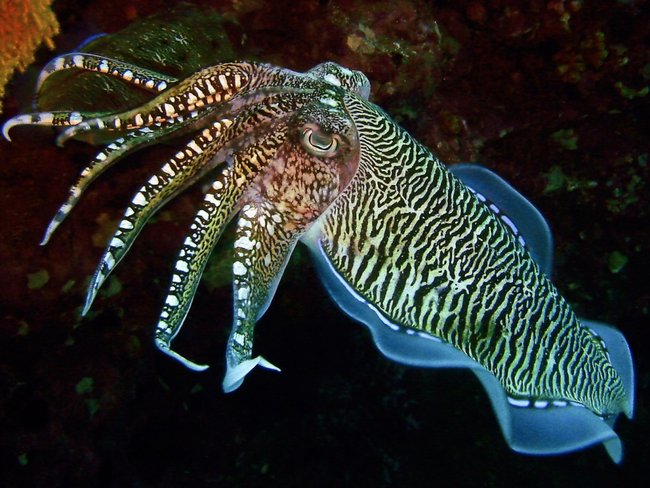
Among molluscs, the abalone, Haliotis mariae is found only in outer RSA, restricted to the Dhofar coast of Oman. It is commercially exploited. Pearl oysters belonging to the Pinctada species are found in the RSA. The species, Pinctada radiata is abundant in Bahraini waters, and also common in Kuwaiti and Saudi Arabian waters. However, P. margaritifera is abundant along the Iranian coast. Interestingly, both of these species are found along the Oman coast in the Gulf of Oman. Among cephalopod molluscs, squids, cuttlefish and octopus are the commercially important groups occurring in the RSA. The Pharaoh cuttlefish, Sepia pharaonis is also an important commercial species in the RSA.

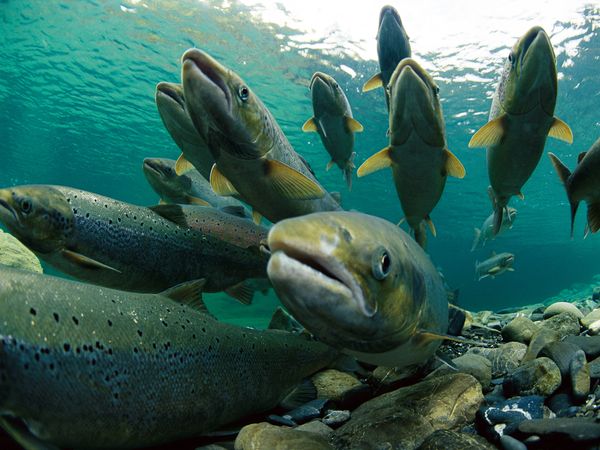
The inner RSA has >500 species of fish which live in pelagic, demersal and coral reef habitats. Of these species, about 130 species occur in Kuwait, 71 species in Bahrain and 106 species in Saudi Arabia. In the middle and outer RSA off Oman, about 1,138 species of fish are known to occur. Environmental extremes in the inner RSA have restricted the distribution of many species of fish. On the other hand, the high species diversity of Oman’s fish fauna is a result of the diversity of coastal habitats, a wide climatic spectrum and the geographic location in the north-western upwelling region of the Indian Ocean.
Commercial fisheries of the Region are supported by over 1000 fin and shellfish species. Of the Member States, highest landings were reported by I.R. Iran followed by Oman and UAE. Fisheries of the Region is affected due to degradation of marine environment by human activities. Over exploitation of stocks has been found in many biotic population which led to the implementation of the restrictions in Member States on fishing activities, such as, limiting fishing licences to reduce fishing efforts, regulating fishing gear (Mesh size) and capture size, closing fishing areas, restricting fishing season, and banning certain fisheries.
Milestones
- ROPME in collaboration with FAO conducted a Workshop on Fisheries Statistics in December 1999
- ROPME co-sponsored a Workshop on Sound Aquaculture and Fisheries Practices with FAO-RNE, in cooperation with PERSGA, ICLARM and US-RDI in Egypt in September 2002
- Experts from all ROPME Member States participated in both the workshops and were acquainted with fisheries statistics and knowledge on Sound Aquaculture and Fisheries Practices
Future Outlook
A continued cooperation with FAO-RNE on sustainable management of fishery resources of the Region
Marine Turtles

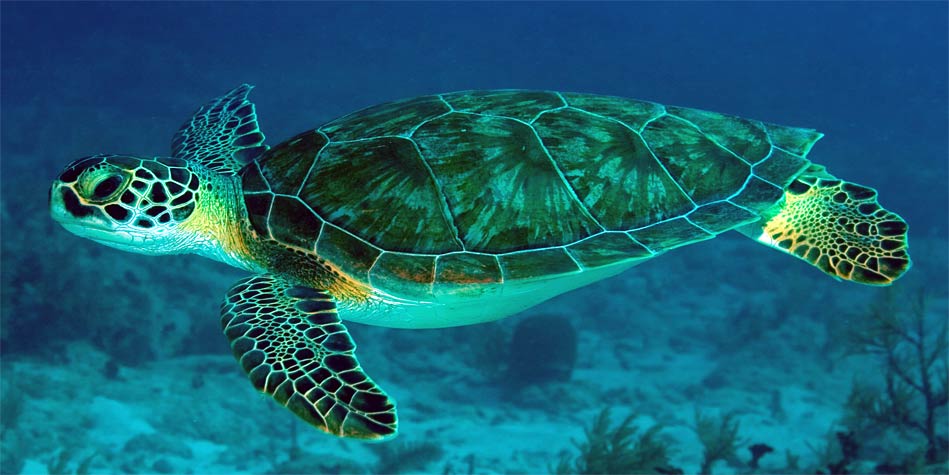
Marine turtles have a prominent place among the fauna of the RSA. All five species of sub-tropical sea turtle are known to occur in the Region, where the females come to the beach for nesting. Although turtles nest on the beaches and certain islands of Bahrain, I.R. Iran, Kuwait, Qatar and Saudi Arabia, three of the turtle nesting locations in Oman are of international significance. Masirah Island has the largest nesting population of Loggerhead turtles, while Ra’s Al-Hadd supports the largest nesting aggregation of Green turtle, Chelonia mydas known in the northern Indian Ocean, and Damaniyat Islands support extensive Hawksbill turtle nesting. Sea bird Sterna spp. and Ghost crab, Ocypode rotundata are the major predators of turtle hatchlings.
Milestones
- Five species of turtles are found in the Region, namely, Green turtle (Chelonia mydas), Hawksbill (Eretmochelys imbricata), Leatherback (Dermochelys coriacea), Loggerhead (Caretta caretta) and Olive Ridley (Lepidochelys olivacea)
- Four species of turtles nest in the Region
- Oman plays a host to the greatest number of nesting turtles
- Fishing nets are the major threat to the nesting population
Future Outlook
Carry out a Regional turtle project with the participation of Member States
- A Regional Proposal on Marine Turtle Monitoring and Tagging Program has been submitted from EPA-Kuwait
- Other Member States have also shown interest in joining the Program which has been welcomed by ROPME
- ROPME requested NFP-Kuwait to provide a more detailed project proposal to invite the participation of turtle groups of all concerned Member States in the implementation of this important project
Sea Snakes

Sea snakes are the most venomous snakes in the world. Nine species of sea snakes are known to occur in the RSA. Of these, the hook-nosed or beak-nosed sea snake, Enhydrina schistosa and the annulated sea snake, Hydrophis cyanocinctus are the most dangerous species in the Region. The Hydrophis is the most common species in the Region, found in muddy, warm waters and its preferred habitat is the soft substrate of the inner RSA.
Marine Birds
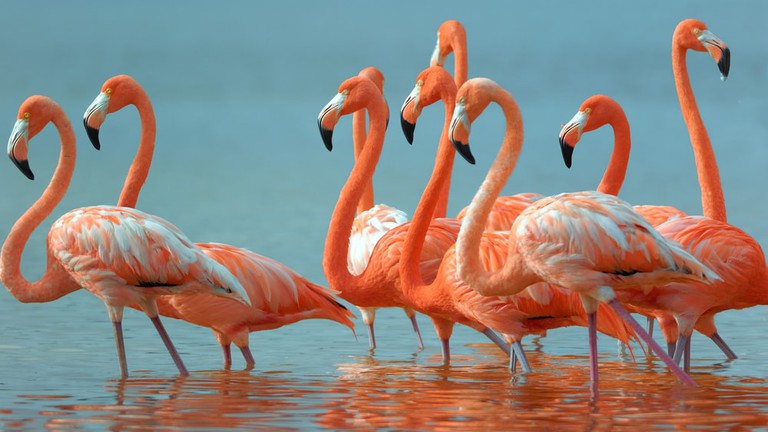
Flamingos The RSA has a diverse marine bird community of great international importance. A large number of seabirds breed on the offshore islands, especially the Socotra cormorant and the terns Sterninae. The flamingos are present throughout the year in the tidal and mud flats of Bahrain. The intertidal zone of the RSA is estimated to support up to four million waders during winter, making RSA one of the five most important regions of the world for wintering waders. The subtidal zone is also internationally important during migratory seasons for populations of about 20 other species of water birds including grebes, cormorants, herons, flamingos, gulls and terns.
Marine Mammals
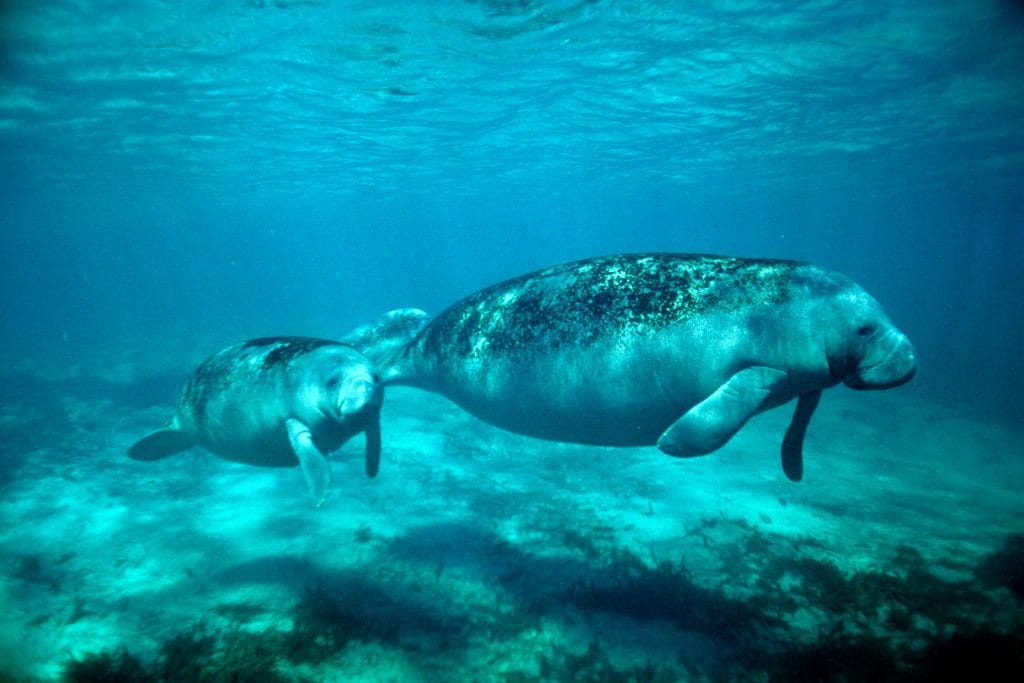
Marine mammals, dugongs, dolphins and whales inhabit the RSA. The estimated population of dugongs in the RSA is 7310, making the RSA the most important area for this species in the western part of its range and second in global importance only to Australia. Altogether, about twenty dolphins and whale species are known to occur in the RSA.
Several incidents of mass mortality of marine mammals have been found in this Region and the most recent one was during the Autumn of 2007 where two mass mortality occurred involving a total of 152 dolphins (79 spinner dolphins and 73 stripped dolphins) in the coastal areas of Jask, Southern I.R. Iran.
Milestones
- ROPME commissioned a Fact-Finding Mission in cooperation with IUCN on the mass mortality of dolphins in I.R. Iran
- Expert Meeting on Mass Mortality of Marine Mammals was held in Tehran, I.R. Iran, 16-19 November 2008
- A final draft of Plan of Action on Mortality of Marine Mammals was prepared
Future Outlook
A framework of National Stranding Network will be developed by each Member State and its Environment Agency will be the lead agency